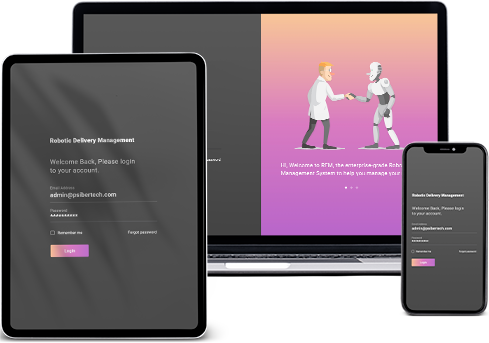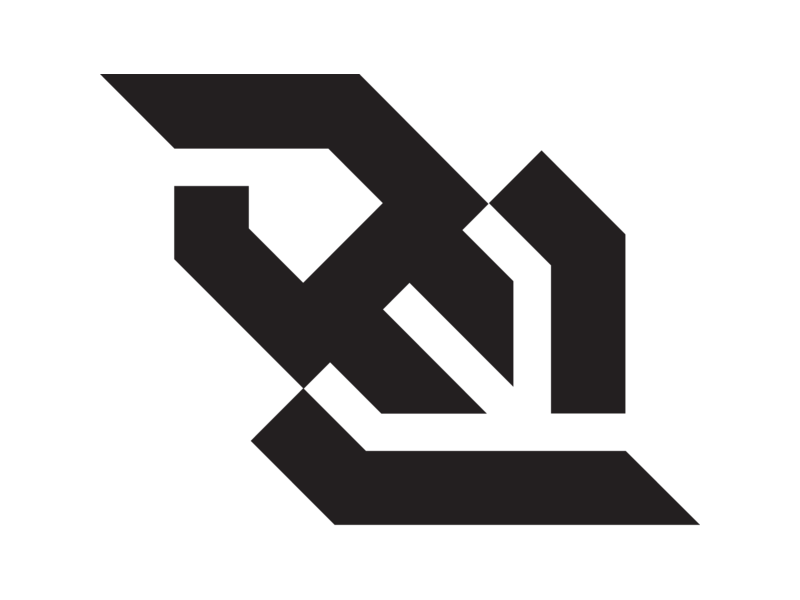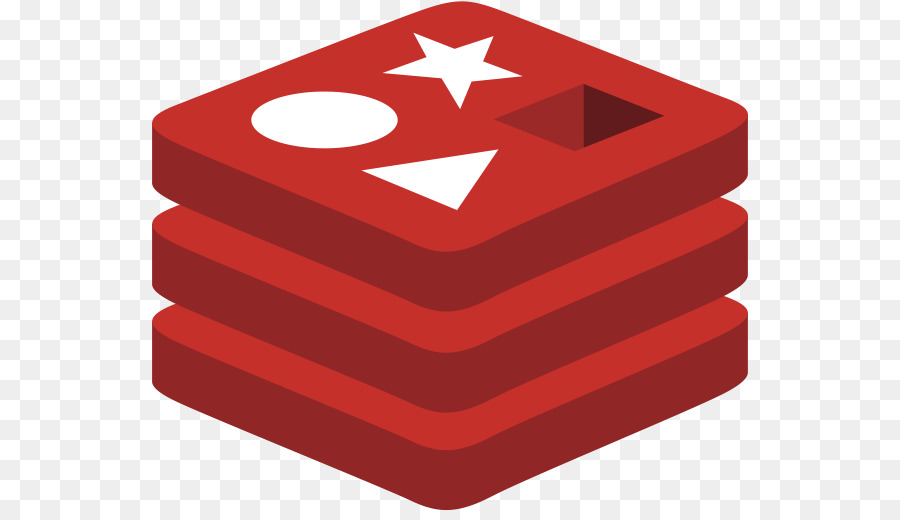Robotic Delivery Management
Web-based robotic delivery management system for humanoid Robots

RDM, which stands for Robotic Delivery Management, is a sophisticated web-based system meticulously designed to efficiently oversee and orchestrate the activities of humanoid robots. Its primary purpose is to meticulously control and supervise these advanced robotic entities as they execute a wide array of pre-defined tasks and missions. Through cutting-edge technology and intuitive interfaces, RDM not only empowers these robots with the ability to seamlessly navigate and manipulate their surroundings but also ensures they execute their designated functions with precision and reliability. This comprehensive platform provides real-time monitoring, scheduling, and task assignment capabilities, making it an indispensable tool for the business to harness the potential of robotics
The customer encountered a significant shortage of manpower resources when it came to carrying out specific duties such as serving as a tour guide, delivering items to various destinations, and conducting surveillance operations.
These responsibilities are characterized by their repetitive nature, demanding only minimal training. However, the situation became economically impractical as it necessitated the employment of multiple individuals working in various shifts to fulfill these tasks.
In accordance with the precise and detailed instructions provided, the robots are programmed to serve a multifaceted role encompassing several essential functions.
Firstly, they assume the role of a tour guide, expertly leading visitors through designated areas, offering insightful commentary, and ensuring a seamless and informative experience for those they accompany.
Secondly, these robotic entities are tasked with the responsibility of efficiently delivering items from one location to another, exhibiting exceptional accuracy and timeliness in their logistics operations. They handle a diverse range of packages and goods, ensuring secure and reliable transportation.
Furthermore, the robots are equipped to excel in surveillance operations, displaying a heightened level of vigilance and precision. They can monitor designated areas, capture and transmit real-time data, and perform surveillance tasks with unwavering diligence, enhancing security and situational awareness.
In essence, these robots are versatile and adaptable, seamlessly transitioning between these roles based on the specific instructions provided, ultimately contributing to the optimization of various processes and tasks within their operational domain.











Robotic delivery management systems offer a range of features designed to streamline and enhance the efficiency of robotic delivery operations. Here are some key features commonly found in such systems:
These features collectively enable organizations to efficiently manage and optimize their robotic delivery operations, ensuring reliable and cost-effective delivery services.
The project was meticulously crafted following the Agile methodology, a dynamic and iterative approach that emphasizes collaboration, adaptability, and customer feedback. This agile approach allowed the development team to respond swiftly to changing requirements and priorities, ensuring that the project evolved in tandem with the client's needs and expectations.
Remarkably, the project was not only completed successfully but also managed to meet a challenging timeframe of just 6 months, a testament to the efficiency and effectiveness of the Agile methodology employed. This timely delivery demonstrated the team's commitment to project goals and their proficiency in agile practices. To ensure optimal scalability, reliability, and flexibility, the system was hosted within the AWS (Amazon Web Services) cloud environment. Leveraging the robust AWS infrastructure, the project benefited from high availability and seamless resource management. Specifically, the system was deployed within a Container Platform, utilizing Docker and Kubernetes. Docker containers facilitated the isolation and packaging of application components, streamlining deployment and enhancing consistency across various environments. Kubernetes, on the other hand, played a pivotal role in orchestrating these containers, ensuring efficient scaling, load balancing, and resource allocation. This containerized setup not only simplified deployment but also enhanced system resilience and resource utilization.
In summary, the successful completion of this project within the specified 4-month timeframe, coupled with its deployment on the AWS cloud using Docker and Kubernetes, underscores the project team's proficiency in modern development practices and their commitment to delivering a robust and scalable solution.
Robotic Delivery Management (RDM) systems offer a wide range of benefits to organizations looking to optimize their delivery operations using robotic technology.
In summary, Robotic Delivery Management systems offer organizations a multitude of benefits, ranging from increased efficiency and cost savings to improved customer experiences and environmental sustainability. As technology continues to advance, the adoption of RDM is likely to become increasingly prevalent in various industries seeking to optimize their delivery operations.